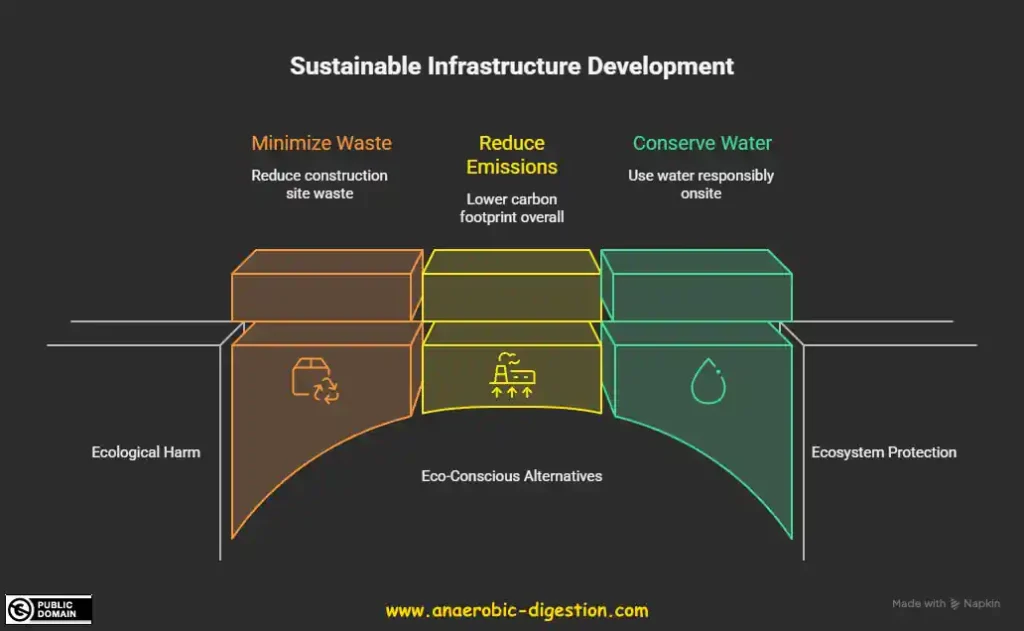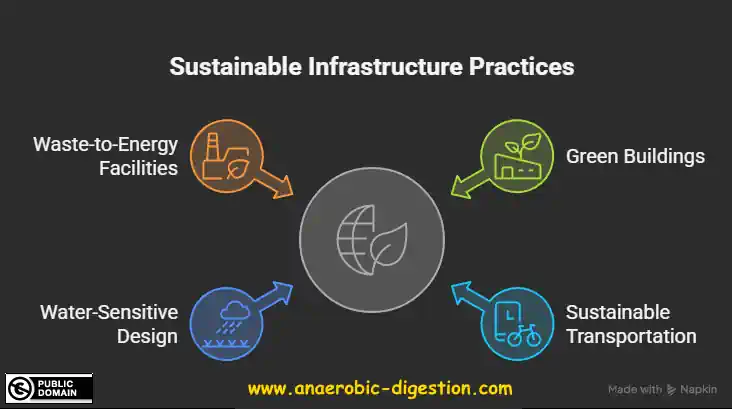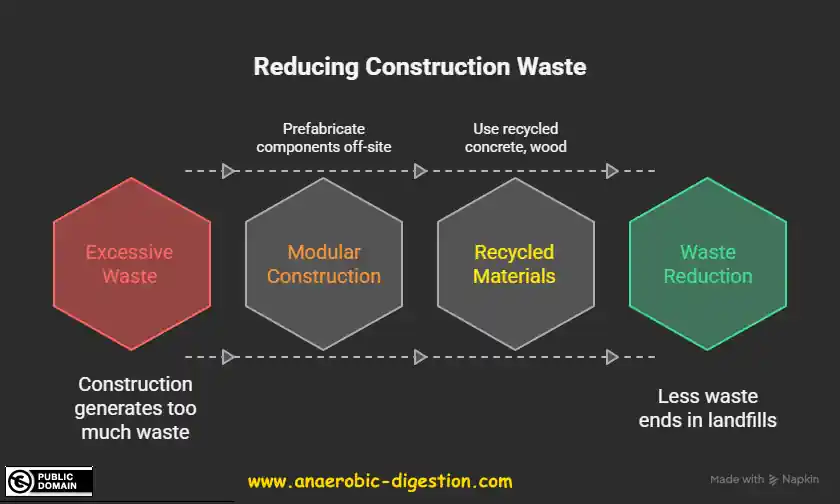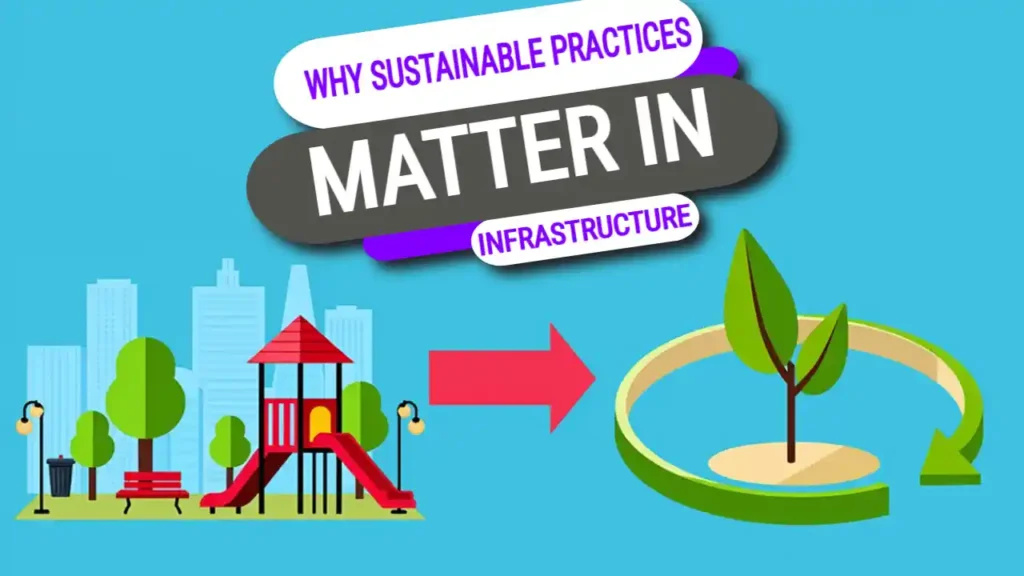Infrastructure has always been central to the growth of societies, but in today’s world, its role goes beyond providing basic connectivity and services. Roads, bridges, energy grids, and water systems are no longer judged solely by their durability or efficiency—they’re now measured by how sustainable they are.
The push for greener, more resilient practices reflects a global acknowledgment that infrastructure development can either support long-term well-being or contribute to environmental degradation if handled irresponsibly.
This has never been more important than in the sphere of renewable energy, anaerobic digestion treatment and biogas energy production, where the industry has the unique capability of zero carbon emissions, and even in the time to come help in reversing climate change.
Reducing Environmental Impact
One of the most significant reasons sustainable practices matter in infrastructure is the potential to minimise ecological harm. Traditional methods of construction and operation often generate excessive waste, emissions, and water usage.
By adopting eco-conscious alternatives, such as energy-efficient machinery, recycled materials, and smarter project planning, the overall footprint of infrastructure projects can be greatly reduced. This not only protects local ecosystems but also helps to address larger global concerns like climate change.

Long-Term Cost Savings
At first glance, sustainable methods can appear more expensive due to the initial investment in advanced technologies or specialised materials. However, when viewed over the full lifecycle of a project, they often prove more cost-effective. Infrastructure designed with longevity and efficiency in mind requires less maintenance, consumes fewer resources, and avoids costly retrofitting in the future. For example, incorporating renewable energy systems or water-efficient designs can reduce operating costs significantly. The financial benefits ultimately complement the environmental gains, making sustainability a smart choice for both private developers and public authorities.
Building Resilience for the Future
Extreme weather events, rising sea levels, and shifting climate patterns are pressing challenges that put traditional infrastructure at risk. Sustainable practices make systems more resilient and adaptable.
Flood-resistant designs, renewable energy integration, and water management strategies ensure that infrastructure can continue to function under changing conditions. This resilience protects communities, reduces disaster recovery costs, and safeguards essential services.
A focus on sustainability is, therefore, not only about caring for the planet but also about protecting people and economies.

Innovation and Smarter Technology
Sustainability has become a powerful driver of innovation in the infrastructure sector. From smart grids and renewable energy solutions to advanced water management systems, technology is enabling more efficient use of resources than ever before. Companies and service providers that adopt these methods position themselves as forward-thinking leaders in their industries. For example, businesses like eaton well drilling demonstrate how modern techniques can enhance essential services while also prioritising long-term environmental responsibility.
Community and Social Benefits
Sustainable infrastructure isn’t just about environmental outcomes; it also improves quality of life. Green spaces, clean water access, and efficient energy systems contribute to healthier and more livable communities. People are increasingly demanding that infrastructure projects serve the public good, not just economic or industrial purposes.
By adopting sustainable practices, developers and governments show their commitment to future generations and community well-being. This fosters trust and support from the public, which is crucial for the success of any large-scale project.

A Global Responsibility
As societies around the world become more interconnected, the responsibility for sustainable infrastructure transcends borders. The environmental impact of one project can have ripple effects on global ecosystems, supply chains, and climate systems.
Recognising this, governments, businesses, and communities must collaborate to create a unified approach. International standards and agreements are being developed to guide infrastructure projects toward a sustainable future, ensuring that no region is left behind in the effort to build responsibly.

Conclusion
Sustainability in infrastructure is no longer a trend or optional extra; it’s a necessity. By reducing environmental impact, cutting long-term costs, and building resilience, sustainable practices create systems that serve both people and the planet.
They encourage innovation, deliver social benefits, and support global efforts to address climate challenges. As the demand for infrastructure continues to grow, so too does the responsibility to build it in ways that are resourceful, forward-looking, and kind to the environment. Sustainable practices are, quite simply, the foundation of a stronger, more resilient future.




